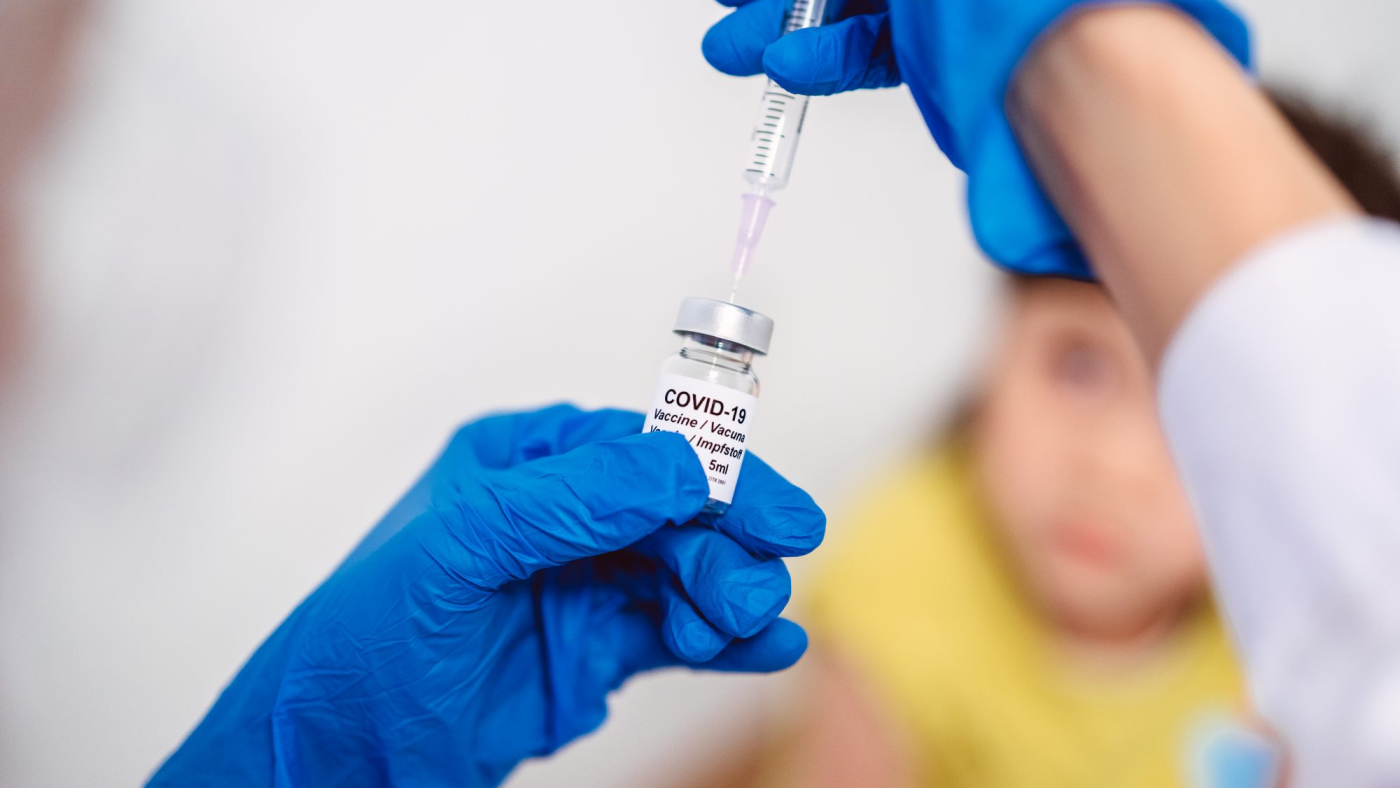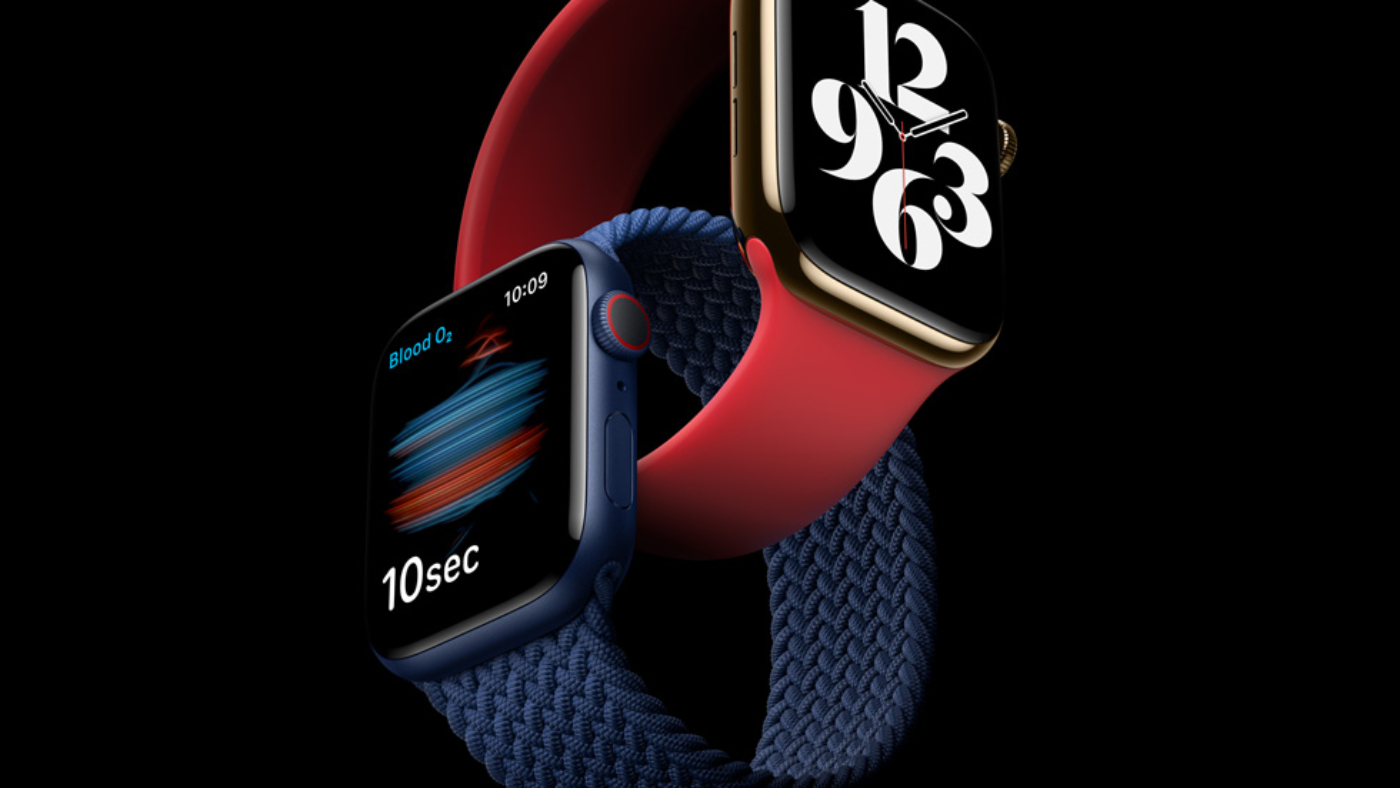nderstanding factors driving vaccine hesitancy is crucial to vaccination success. We surveyed adults (N = 2510) from February to March 2021 across five sites (Australia = 502, Germany = 516, Hong Kong = 445, UK = 512, USA = 535) using a cross-sectional design and stratified quota sampling for age, sex, and education. We assessed willingness to take a vaccine and a comprehensive set of putative predictors. Predictive power was analysed with a machine learning algorithm. Only 57.4% of the participants indicated that they would definitely or probably get vaccinated. A parsimonious machine learning model could identify vaccine hesitancy with high accuracy (i.e. 82% sensitivity and 79–82% specificity) using 12 variables only. The most relevant predictors were vaccination conspiracy beliefs, various paranoid concerns related to the pandemic, a general conspiracy mentality, COVID anxiety, high perceived risk of infection, low perceived social rank, lower age, lower income, and higher population density. Campaigns seeking to increase vaccine uptake need to take mistrust as the main driver of vaccine hesitancy into account.
As COVID-19 vaccines are being rolled out, success of the vaccination crucially depends on a sufficient proportion of the population accepting a vaccine. Numerous studies have already investigated putative vaccine acceptance by asking people whether they would be willing to accept a COVID-19 vaccine if it were offered to them. Vaccine willingness rates vary around 65–75% of the population in most of the surveyed countries1. The few multi-national studies to date indicate considerable between country variance2,3,4. Even within the group of high income countries, which are now in the process of offering vaccines to all their citizens, the acceptance rates have been found to vary, with UK citizens showing particularly high vaccine willingness, Germans being more hesitant3,4 and particularly low rates in Hong Kong5. Overall, however, it is clear that fewer people are willing to take a vaccine than required for sufficient population immunity



